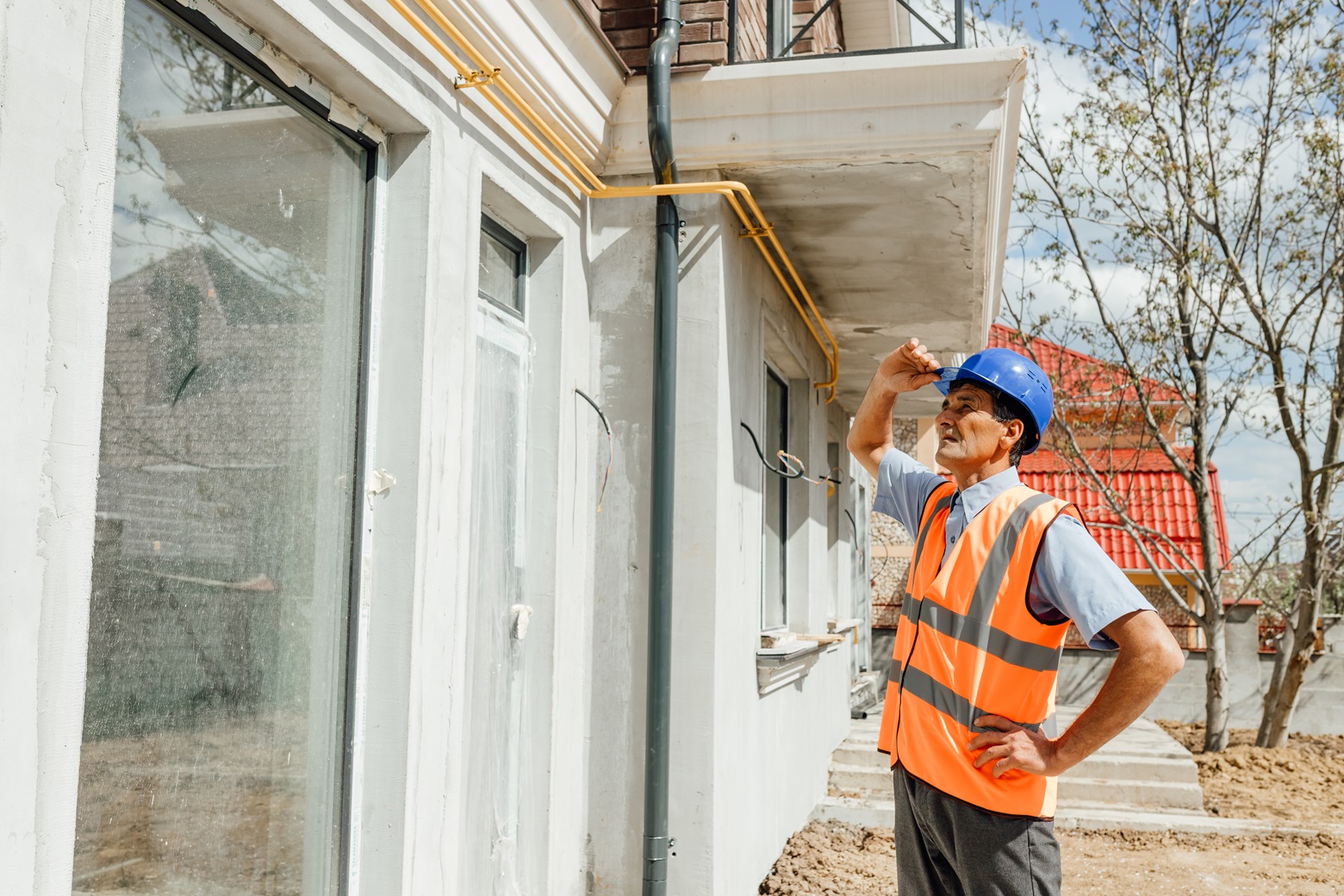Buying a home with a VA loan can be a great option for borrowers who qualify. VA loans offer some amazing benefits, including no down payment and no private mortgage insurance. However, when it comes to environmental hazards, the Department of Veterans Affairs (VA) has strict guidelines to ensure that VA borrowers purchase homes that are safe, sound, and sanitary. Here’s what you need to know about environmental hazards when buying a home with a VA loan.
VA Appraisal and Minimum Property Requirements (MPRs)
The VA requires a home appraisal as part of the loan process to assess the property’s value and condition. During this process, the appraiser will inspect the home to see if it meets the VA’s Minimum Property Requirements (MPRs). Appraisals are required for anyone buying a home with a VA loan.
The VA wants to make sure that the property is free of safety and health hazards, including certain environmental hazards. These requirements are in place to protect the buyer and ensure the property is a safe investment.
Common Environmental Hazards
When it comes to environmental hazards, the VA specifically looks for conditions that could affect the health and safety of occupants. Some common concerns include:
- Lead-based paint: For homes built before 1978, the VA requires an inspection for lead-based paint. If found, it must be properly addressed.
- Asbestos: Asbestos materials in good condition might not be a problem, but if they are damaged or will be disturbed by renovations, they need to be professionally removed.
- Radon gas: The VA recommends (and some states require) radon testing for homes. If radon levels are high, a mitigation system must be installed.
- Mold: Significant mold growth needs to be remediated before the VA loan can be approved.
- Contaminated water supply: The home must have access to a safe drinking water supply. Homes with wells may require water testing.
- Proximity to hazardous sites: Homes located near hazardous sites or in areas prone to natural disasters (like flood zones) require additional inspection and insurance.
- Pest inspections: In certain local areas, a pest inspection is required to check for termites or other infestations that could damage the property.
What Buyers Can Do
As a VA borrower, it’s important to understand potential environmental hazards and how they can affect your home purchase. While the VA appraisal includes a review for MPRs, hiring an independent home inspector is also a good idea. An inspector can provide a detailed report on the home’s condition, including any potential environmental hazards not covered by the VA appraisal.
Additionally, you may want to consider consulting environmental specialists for in-depth inspections of potential hazards like radon, mold, or asbestos. If any issues are found, you can negotiate with the seller to make repairs or lower the sale price to cover the cost of repairs.
Get Advice from an Expert
By understanding the VA’s requirements regarding environmental hazards and taking proactive steps to address any issues, you can ensure your new home is both a comfortable and safe place to live. If you have questions about buying a home with a VA loan, please do not hesitate to reach out. We will be more than happy to assist you!





